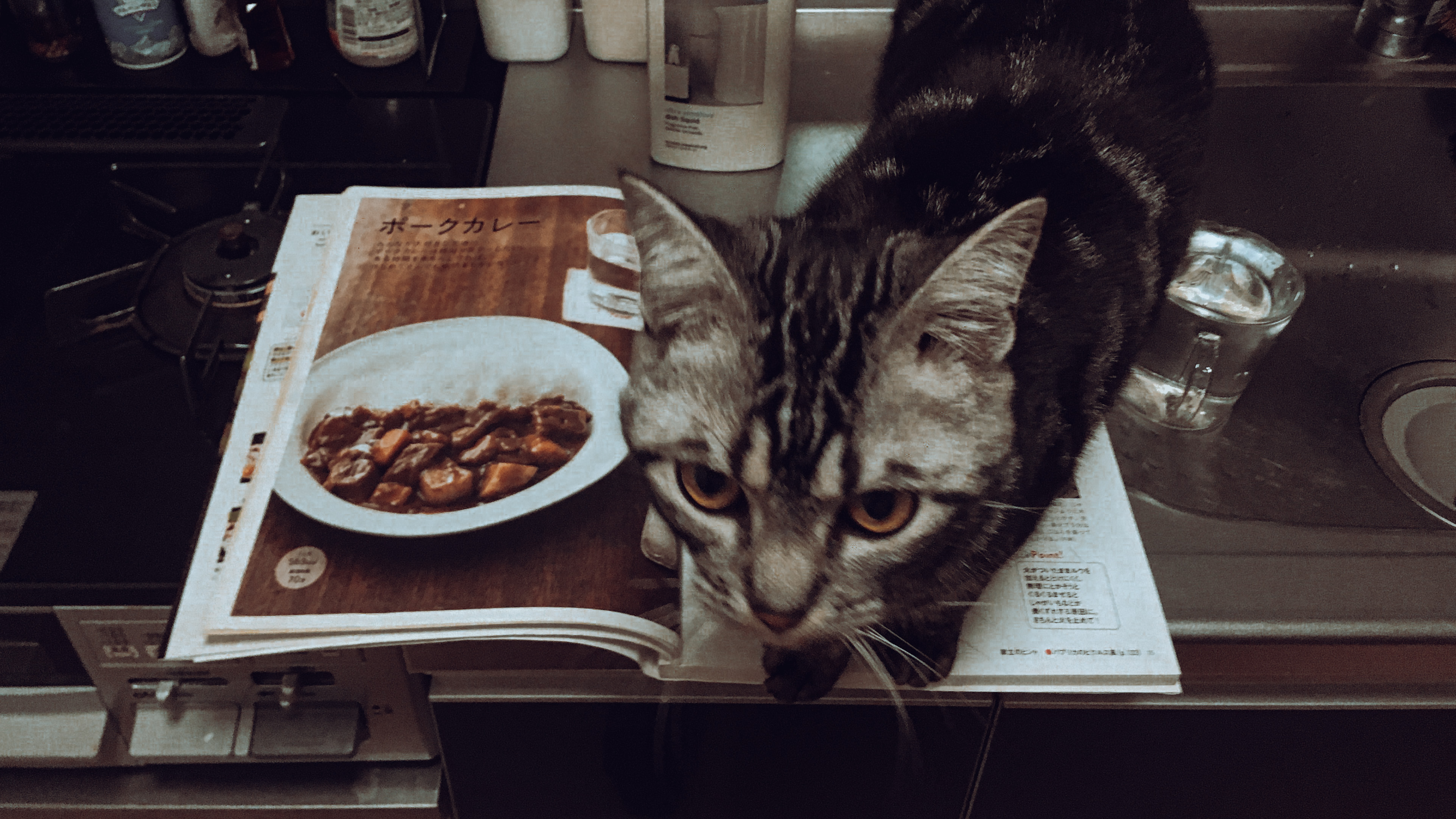Selected Publications

New precise spectroscopy of the hyperfine structure in muonium with a high-intensity pulsed muon beam
S. Kanda et al., Physics Letters B 815 136154 (2021).
https://doi.org/10.1016/j.physletb.2021.136154
The MuSEUM collaboration conducted a precise measurement of the hyperfine structure of muonium, an atom consisting of a positive muon and an electron. We observed the hyperfine transition resonance at near-zero magnetic fields and determined the muonium hyperfine structure interval to be 4.463302(4) GHz with a relative precision of 0.9 ppm. This result was consistent with previous measurements and theoretical calculations, demonstrating the potential for future experiments using microwave spectroscopy of muonium to achieve the highest precision.
正ミュオンと電子がつくる原子をミュオニウムと呼びます。これは水素原子に似た性質を持つ一方で、素粒子のみで構成された二体系という標準模型および基本的対称性の高精度検証に適した特徴を有します。本論文では、ミュオニウムの基底状態における超微細構造をマイクロ波分光するMuSEUM実験の最初の物理結果を報告しています。超微細構造の周波数を4.463302(4) GHzで決定し、将来的な最高精度を目指した実験に向けた実証に成功しました。
The Ultra-Slow Muon beamline at J-PARC: present status and future prospects
S. Kanda et al., Journal of Physics: Conference Series 2462(1) 012030 (2023).
https://doi.org/10.1088/1742-6596/2462/1/012030
At J-PARC MLF, the MUSE facility provides the world's highest flux of pulsed muon beams. One of the facility's beamlines, U-Line, delivers an intense surface muon beam for generation of ultra-slow muons generated via laser ionization of thermal muonium in vacuo. The ultra-slow muon beam has tunable low-energy and exceptional time resolution, enabling the study of surfaces, interfaces, and fast dynamics. Commissioning of the beamline and instruments is in progress for upcoming user programs. This paper provides an overview of the facility's current status and future prospects.
J-PARC MLFにおけるミュオン科学実験施設は大強度のパルスミュオンビームを利用した様々な研究を展開しています。四つのビームラインのうち最も高強度な表面ミュオンビームを供給するU-Lineでは、ミュオニウムのレーザーイオン化によって超低速ミュオンを生成しています。超低速ミュオンはsub-keVから30 keVまでの可変エネルギーと、通常のパルスビームよりも数十倍優れた時間分解能を持っています。これらの特徴により、表面および界面における興味深い物性や、通常のパルスビームでは観測できない速いダイナミクスの研究が可能となります。共同利用実験の開始に向けたビームラインおよび実験装置の調整運転が進行中です。本論文では、施設の概要、現在の状況、および将来の展望について述べています。
A search for atomic parity violation in muonic atoms using a high-intensity pulsed muon beam at J-PARC
S. Kanda, EPJ Web of Conferences 262 01010 (2022).
https://doi.org/10.1051/epjconf/202226201010
Muonic atoms, composed of a negative muon and a nucleus, offer a unique opportunity to investigate atomic parity violation and explore physics beyond the standard model at low energies. A new experiment has been proposed for X-ray spectroscopy of muonic atoms using a high-intensity pulsed muon beam at J-PARC. This experiment involves the development of a scintillator-based calorimeter and a low-density gaseous target. As a feasibility study, muon atom yield and muonic atom metastability were assessed using low-density methane gas.
負ミュオンと原子核からなるミュオニック原子は、標準模型を超えた物理学を低エネルギー領域で探索する有力な探針となります。この論文で、J-PARCの高強度パルスミュオンビームを利用した新しいミュオニック原子のX線分光実を提案しました。無機シンチレータベースのカロリメータと低密度の気体標的を組み合わせ、先行実験で用いられたサイクロトロントラップとは異なる手法でミュオン原子におけるパリティ非保存効果を観測します。テスト実験としてメタンを標的としたミュオン原子の生成率を測定し、パリティ非保存効果の観測に利用するミュオン原子の準安定励起状態を探索しました。
Measurement of the proton Zemach radius from the hyperfine splitting in muonic hydrogen atom
S. Kanda et al., Journal of Physics: Conference Series 1138 012009 (2018).
https://doi.org/10.1088/1742-6596/1138/1/012009
Muonic hydrogen, composed of a proton and a negative muon, has a significantly smaller Bohr radius compared to electronic hydrogen. This makes spectroscopy of muonic hydrogen highly sensitive to the proton's finite size effect. Laser spectroscopy of the Lamb shift in muonic hydrogen revealed a proton charge radius much smaller than previous measurements. To address this "proton radius puzzle", a new experiment proposes measuring the ground-state hyperfine splitting in muonic hydrogen. The goal is to determine the proton Zemach radius with 1% precision through measurements of the decay electron angular asymmetry. A preliminary experiment to measure the hyperfine quenching rate has been proposed to test the feasibility of laser spectroscopy.
ミュオン水素は、陽子と負ミュオンが構成する原子で、そのBohr半径は水素原子の1/200です。そのため、ミュオン水素の分光は陽子の有限体積効果に非常に敏感です。2010年にミュオン水素原子におけるLambシフトのレーザー分光によって陽子の電荷半径が過去の測定結果よりもはるかに小さいことが明らかになりました。これは「陽子半径問題」と呼ばれ、様々な分野で注目を集めました。この問題を解決するため、ミュオン水素の基底状態における超微細構造を測定する新しい実験が提案されました。水素原子の超微細構造は陽子のZemach半径と呼ばれる量に関係し、これは電荷分布と磁気能率分布の畳み込みで定義されます。新しい実験は、崩壊電子の放出角度非対称性の測定によって1%の精度での陽子Zemach半径測定を目指しています。
In-flight muon spin resonance and muonium interferometry
S. Kanda, Journal of Physics: Conference Series 2462(1) 012029 (2023).
https://doi.org/10.1088/1742-6596/2462/1/012029
Muons and muonium serve as unique tools in materials science, functioning as tiny magnetometers and mimicking hydrogen behavior in matter. However, their application as matter waves is limited due to issues with surface muons losing coherence during slowing down. Low-energy muons generated through laser ionization of muonium can address this problem by providing coherent slow muonium with minimal temporal and spatial dispersion. Muonium interferometers, similar to atomic interferometers, offer numerous potential applications, including muonium spectroscopy, quantum interference studies such as Berry phase measurements, and precise measurements of fundamental constants. This contribution discusses in-flight muonium spectroscopy and the potential of muonium interferometry.
ミュオンとミュオニウムは、微小な磁力計、あるいは物質中の模擬水素として材料科学における重要な役割を果たします。しかし、加速器から得られるミュオンビームはエネルギーが高く、分散も大きいため物質波としての応用はほとんどありません。ミュオニウムのレーザー乖離によって生成される超低速ミュオンを利用すれば、低速かつ高輝度のミュオニウム原子線を得ることができ、物質波干渉計を構成可能です。ミュオニウム原子干渉計は、通常の原子干渉計と同様にさまざまな応用があります。例えば、ミュオニウム干渉効果を使用したミュオニウム分光、Berry位相の測定などの量子干渉効果の研究、および基礎物理定数の精密測定が可能です。この論文では、ミュオニウムの飛行中分光とミュオニウム干渉計の潜在能力について議論しました。